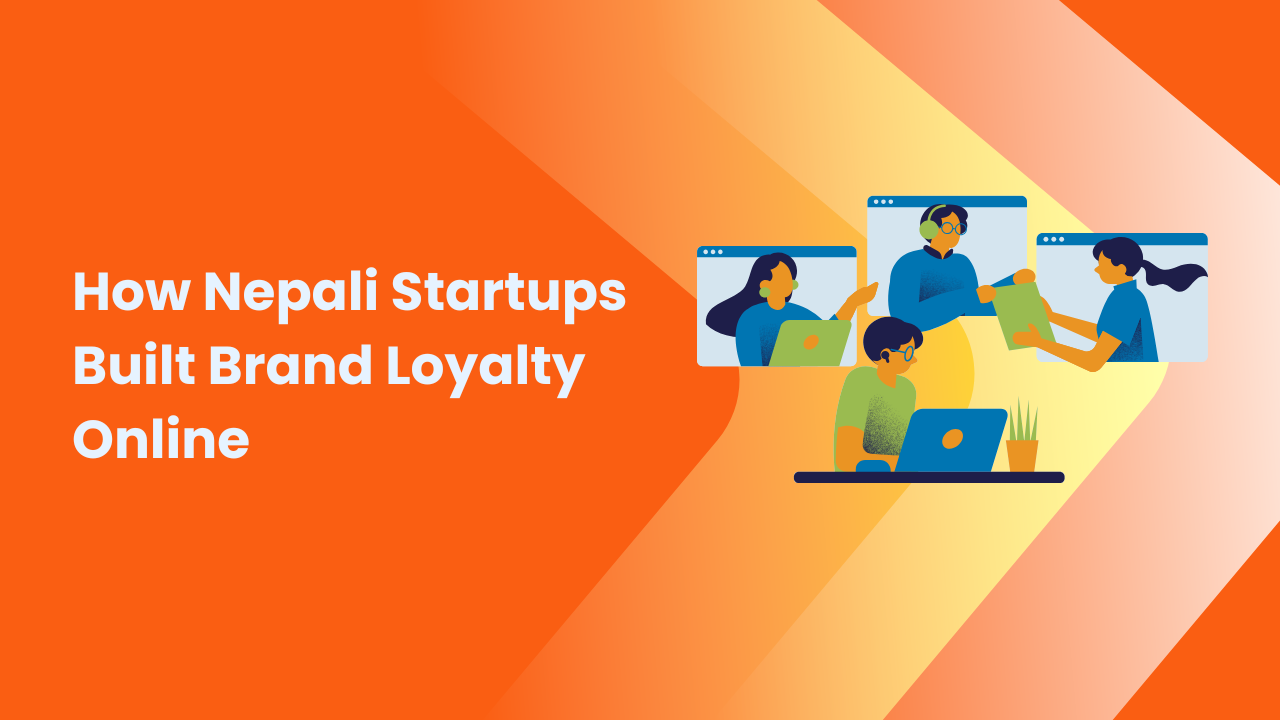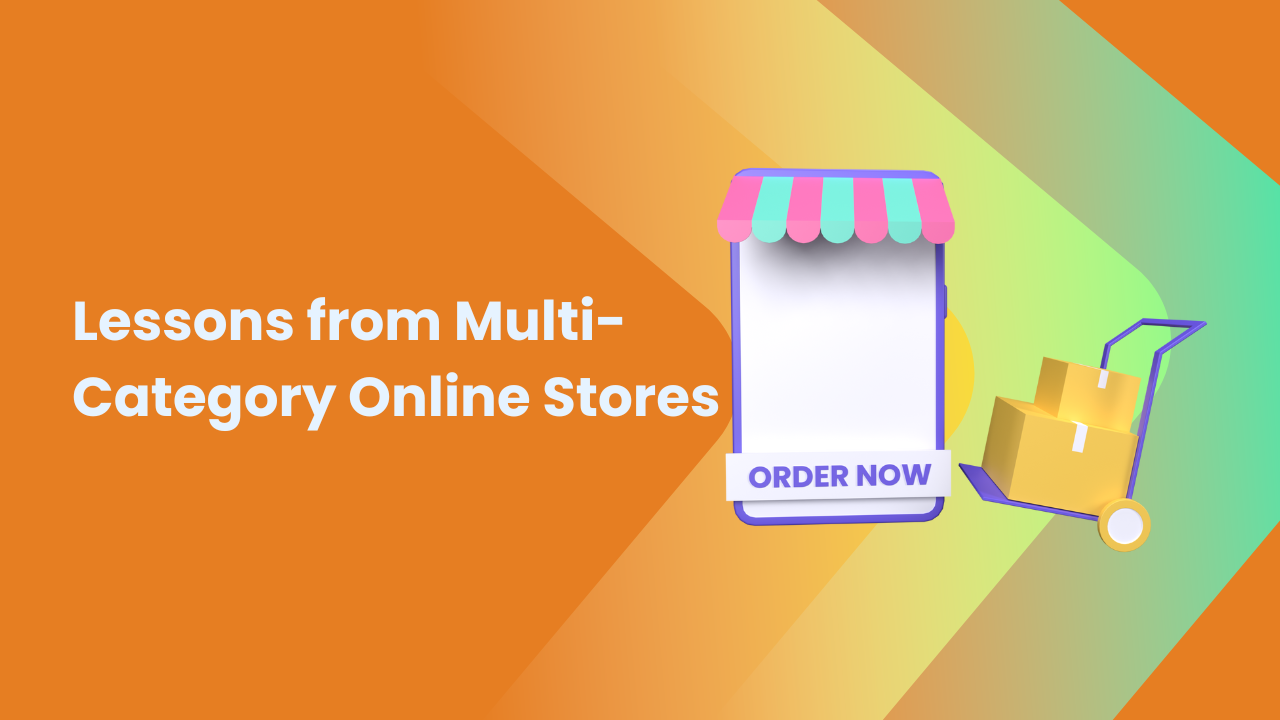Share this Article
The digital transformation of retail in Nepal is gaining momentum, especially in the luxury sector. The rise of e-commerce has reshaped the way consumers shop, enabling them to access products and services that were previously out of reach. As internet connectivity improves and consumer preferences evolve, luxury e-commerce in Nepal is experiencing a shift. While the market is still in its early stages, there is immense potential for growth, driven by a combination of increasing disposable incomes, changing attitudes toward luxury, and the emergence of global brands entering the Nepali market.
This article explores the dynamics of the luxury e-commerce market in Nepal, examining the factors contributing to its growth, the challenges it faces, and the future outlook for the industry. The increasing adoption of online shopping, the role of social media, and the growing influence of global trends are transforming how luxury brands are positioning themselves in Nepal.
Understanding Luxury E-Commerce in Nepal
Luxury e-commerce involves the online buying and selling of high-end products, ranging from designer fashion and jewelry to luxury automobiles and exclusive experiences. This sector has traditionally been limited to select consumer bases in global cities, with physical stores offering the exclusive shopping experience that luxury products demand. However, the advent of online retail has made luxury goods more accessible, allowing consumers to purchase premium products from the comfort of their homes.
In Nepal, luxury e-commerce is beginning to take root as consumers show more interest in high-end brands and products. The emergence of digital platforms has not only expanded the availability of luxury goods but has also shifted how consumers interact with and perceive luxury. For the first time, high-end products that were once only available in physical stores in Kathmandu or abroad are now just a click away for consumers in urban and rural parts of the country.
The Growth of the Nepalese Middle Class
The rising middle class in Nepal is one of the driving forces behind the growth of luxury e-commerce. As more Nepali families move into higher income brackets, they are increasingly looking to spend on premium products that reflect their lifestyle choices and aspirations. In cities like Kathmandu, Pokhara, and Lalitpur, the demand for luxury goods has surged as the purchasing power of individuals has risen. This trend is further fueled by the younger demographic, many of whom have traveled abroad and been exposed to global luxury trends. They are now seeking similar experiences and products locally.
The middle class in Nepal, which previously had limited access to luxury goods, is now growing steadily. This demographic shift is gradually increasing demand for high-end fashion, electronics, and other luxury categories. In this new landscape, e-commerce provides a unique opportunity for luxury brands to tap into this market segment and reach consumers who may not have easy access to physical luxury retail stores.
Changing Consumer Preferences in Nepal
Traditional notions of luxury in Nepal have been based on exclusivity and status. For many years, purchasing luxury products was seen as a way to showcase wealth and social standing. However, with the rise of the internet, social media, and greater exposure to global trends, Nepalese consumers are beginning to view luxury differently. Today, many consumers prioritize quality, craftsmanship, and personal style over the purely status-driven motives that characterized luxury consumption in the past.
This shift in attitude is especially noticeable among the younger generation. Millennials and Gen Z consumers are not only purchasing luxury goods for their prestige but also for the value they represent. They are increasingly interested in the stories behind brands, sustainability practices, and the ethical standards maintained by the companies they buy from. This has led to a growing demand for products that are not only luxurious but also align with consumers' values and preferences.
The Role of E-Commerce Platforms in Nepal's Luxury Market
E-commerce platforms have played a crucial role in the rise of luxury goods in Nepal. While the concept of online shopping has been around for a few years, it is only in recent times that luxury brands and products have started to make their way into the digital marketplace. Local e-commerce giants like Daraz Nepal and SastoDeal have seen increasing demand for premium products, ranging from luxury apparel to high-end electronics.
These platforms serve as intermediaries, connecting global luxury brands to Nepalese consumers who are eager to shop for premium goods but may not have access to the physical stores that sell them. In addition to these larger platforms, there is also a growing trend of niche luxury e-commerce websites that focus solely on high-end products, offering consumers a curated selection of premium goods.
The Rise of Global Luxury Brands in Nepal
One of the most significant developments in Nepal's luxury e-commerce scene is the increasing presence of international luxury brands. As Nepalese consumers become more attuned to global luxury trends, high-end brands such as Louis Vuitton, Gucci, Chanel, and Prada are starting to tap into this emerging market. These brands recognize the potential of Nepal’s growing middle class and affluent population, as well as the increasing digitalization of retail.
Many global luxury brands are partnering with local e-commerce platforms or setting up their own online stores to cater to the Nepalese market. By using e-commerce platforms, these brands can reach a wider audience, especially those who are hesitant to shop in physical stores. As the demand for luxury goods continues to rise, more international players will likely enter the market, further expanding the availability of luxury products.
The Role of Local Luxury Brands
Local entrepreneurs and designers are also contributing to the growth of luxury e-commerce in Nepal. These brands are taking advantage of online platforms to showcase unique, high-quality products that reflect Nepal’s rich cultural heritage. Nepali-made luxury goods such as pashmina shawls, handcrafted jewelry, and traditional wooden art are now being marketed through e-commerce websites. This is not only helping to put Nepali craftsmanship on the global map but is also driving interest in locally made luxury products.
Online platforms allow these local luxury brands to reach a broader market, both within Nepal and internationally. Through e-commerce, Nepali artisans and designers are able to connect with buyers who are interested in exclusive, handcrafted items that reflect Nepal's cultural history and craftsmanship. This has created an opportunity for homegrown brands to gain recognition and grow their businesses in an increasingly competitive market.
Key Drivers of Luxury E-Commerce Growth in Nepal
Several factors are contributing to the rise of luxury e-commerce in Nepal, ranging from technological advancements to changing consumer behavior. Below are some key drivers of growth:
Increased Access to the Internet and Smartphones
Nepal has seen significant improvements in internet penetration over the past few years. According to the Nepal Telecommunications Authority, the number of internet users in Nepal has grown dramatically, with nearly 80% of the population now having access to the internet. This widespread connectivity has created new opportunities for luxury e-commerce businesses to target a larger audience.
Moreover, smartphone usage in Nepal has skyrocketed in recent years. Mobile phones have become essential tools for online shopping, allowing consumers to browse luxury products, make purchases, and track their orders with ease. As smartphones become more affordable and accessible, more consumers in Nepal are turning to mobile e-commerce platforms to shop for high-end products.
The Influence of Social Media and Digital Marketing
Social media has become an essential tool for luxury brands to connect with consumers in Nepal. Platforms like Instagram, Facebook, and YouTube allow brands to engage directly with their target audience, showcase new collections, and collaborate with influencers. Many Nepalese consumers are heavily influenced by social media trends, and luxury brands have capitalized on this by creating visually appealing content that speaks to the desires and tastes of affluent Nepali shoppers.
The use of influencers, especially those with a strong online presence, has become a key strategy for promoting luxury products. By partnering with influencers who have a loyal following, brands can amplify their visibility and appeal to a wider audience. Additionally, digital marketing campaigns that highlight limited-edition releases, exclusive offers, and unique brand stories help create a sense of urgency and exclusivity, which is essential in the luxury market.
Convenience of Online Shopping
One of the primary reasons luxury e-commerce is growing in Nepal is the sheer convenience it offers. Consumers can browse a wide range of luxury products from the comfort of their homes, compare prices, and make purchases at their convenience. E-commerce platforms also offer features such as virtual try-ons, 360-degree views of products, and detailed descriptions that enhance the shopping experience.
Additionally, secure payment gateways, home delivery services, and easy return policies have made online shopping more appealing to consumers. As a result, many consumers are bypassing traditional brick-and-mortar stores and opting for the convenience of e-commerce when purchasing luxury goods.
Affluence and Changing Consumption Patterns
The growing affluence of Nepal’s middle class, coupled with a shift in consumption patterns, is driving demand for luxury goods. As the economic conditions improve and the number of affluent individuals increases, the demand for high-end products is expected to grow. This is especially true for younger consumers who are increasingly willing to spend on luxury goods that align with their values and lifestyles.
Many young consumers in Nepal now have the financial means to buy premium products and are seeking online platforms that offer both convenience and a wide selection of luxury items. The growing influence of social media and global trends is shaping how these consumers view luxury, pushing them to embrace digital platforms for their purchases
.
Challenges Facing Luxury E-Commerce in Nepal
While the luxury e-commerce market in Nepal is promising, it faces several challenges. These challenges need to be addressed for the sector to realize its full potential.
Trust and Security Concerns
Security remains a major concern for online shoppers in Nepal, especially when it comes to high-value transactions. Consumers are wary of fraud and identity theft, which can deter them from making purchases online. For luxury e-commerce businesses to thrive, they must invest in secure payment systems, transparent customer service, and effective fraud prevention measures to build trust with their clientele.
Logistics and Delivery Issues
In Nepal, logistics can be a significant hurdle for luxury e-commerce. Many luxury goods require specialized handling and packaging to ensure they are delivered in perfect condition. In some parts of the country, inadequate infrastructure and delays in delivery can affect the customer experience. E-commerce businesses need to establish reliable delivery networks that can handle the unique needs of luxury products.
Limited Local Presence and Customer Experience
Although e-commerce offers convenience, it can be difficult for consumers to fully experience luxury products without seeing them in person. For high-end items such as jewelry, watches, and designer apparel, many consumers prefer to physically examine the product before making a purchase. To address this, luxury e-commerce businesses can consider hybrid models that offer both online and offline experiences, such as pop-up stores or exclusive showrooms in key cities.
The Future of Luxury E-Commerce in Nepal
Despite these challenges, the future of luxury e-commerce in Nepal is bright. As more global brands enter the market, and local entrepreneurs continue to innovate, the luxury e-commerce space will continue to expand. The rise of mobile commerce, social media, and digital marketing will further accelerate this trend. Moreover, consumer preferences for sustainability, ethical luxury, and personalization will shape the future of luxury e-commerce in Nepal.
Technological Integration
The future of luxury e-commerce in Nepal will be defined by technological innovations. The integration of augmented reality (AR), virtual reality (VR), and artificial intelligence (AI) will provide consumers with immersive and personalized shopping experiences. Consumers will be able to virtually try on clothes, see how furniture looks in their homes, or even receive tailored product recommendations based on their preferences and browsing history.
Sustainability in Luxury
Sustainability will be a key factor influencing the future of luxury e-commerce in Nepal. As consumers become more conscious of their environmental impact, luxury brands will need to embrace sustainable practices. This could include eco-friendly packaging, ethical sourcing, and transparent supply chains. E-commerce businesses that prioritize sustainability will resonate with Nepalese consumers who are increasingly looking for brands that align with their values.
Conclusion
The luxury e-commerce market in Nepal is poised for significant growth. With the increasing digitalization of retail, changing consumer preferences, and the rise of global luxury brands, Nepal offers a promising market for high-end products. While there are challenges to overcome, such as trust and logistics issues, the opportunities in the luxury e-commerce sector are vast. By embracing digital technologies, enhancing customer experiences, and meeting the evolving expectations of consumers, luxury e-commerce businesses in Nepal can look forward to a bright future in this rapidly expanding market.
Categories:
E-commerce Tips & Tutorials
Tags:
LuxuryEcommerceNepal
,
NepalLuxuryMarket
,
DigitalLuxury
,
LuxuryRetailNepal
,
DigitalTransformationNepal







